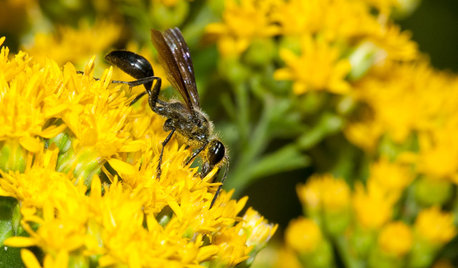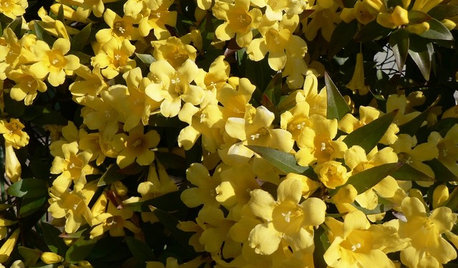Larry:
I'm wanted to address your idea regarding forming a piece of sheet metal and painting it black and putting a sugar water dish for the bees--but I didn't want to address it in the context of the last honeybee thread because I wanted to separate this from the EPA malfeasance debate.
So, to the chase: honeybees in winter and providing heat for them...
There is an interesting lesson in evolution here, and it is to be found with the tiny crocus flower. Most--but not all--crocus in the wild have blossoms that are either completely white or taper from a high-heat color to white at the base of the petal--and bloom in the early, chilly spring or late winter. Due to the curvature of the petals they reflect the light toward a central point within the blossom--much like a telescope focuses light after it travels down a tube and just as light is focused by a lens.
Consequently, the interior area of a crocus flower can be as much as 15 to 20 degrees F warmer than outside the blossom. When a dark-bodied insect, such as a bee or a fly, stops inside a crocus to feed, they are in the center or "focal point" of where the white blossom is reflecting/focusing the light, thus the blossom focuses the heat onto the insect.
The co-evolutionary exchange here is that the insect gets nectar and a body-warming out of the deal, and with both the heat and sugar it obtains an energy boost to help it get to the next blossom. The crocus, of course, is pollinated by the insect. It is a win-win.
So it is a bit counter-intuitive, but instead of painting the metal black, consider painting it white--that way it will reflect the light towards the dark-bodied insect. Of course, it will help to reflect it towards where the insect will land to feed--which is something the crocus does with magnificent perfection....so...paint it white, that way you are not "competing" with the honeybee for the light by absorbing all the light into the black paint, but instead channeling (reflecting) it towards the bee, which can use the extra energy/heat in the cold months.
You can see the same sort of physics with the coat of a polar bear up in the arctic. It only "looks" (LOL) like they have a white coat. In reality the hairs of their pelt are semi-translucent or milky-colored. Their skin is actually black. Light strikes their fur and reflects/refracts down toward the skin, which, being black, absorbs rather than reflects the photons and converts the energy to heat. It is a wonderful system for channeling sunlight to where it will do the most work and/or provide the most energy....the same as the crocus channels the light toward the dark-bodied insect.
--Robert







slowpoke_gardener
lat0403
Related Discussions
Good News for Honeybees?
Q
A little about me..just starting a new thread from old thread.
Q
A few pics including my new honeybees.
Q
NEW: Petal Pushers Valentine Swap 08 - New Thread
Q
slowpoke_gardener
spademilllaneOriginal Author
spademilllaneOriginal Author
slowpoke_gardener
mulberryknob